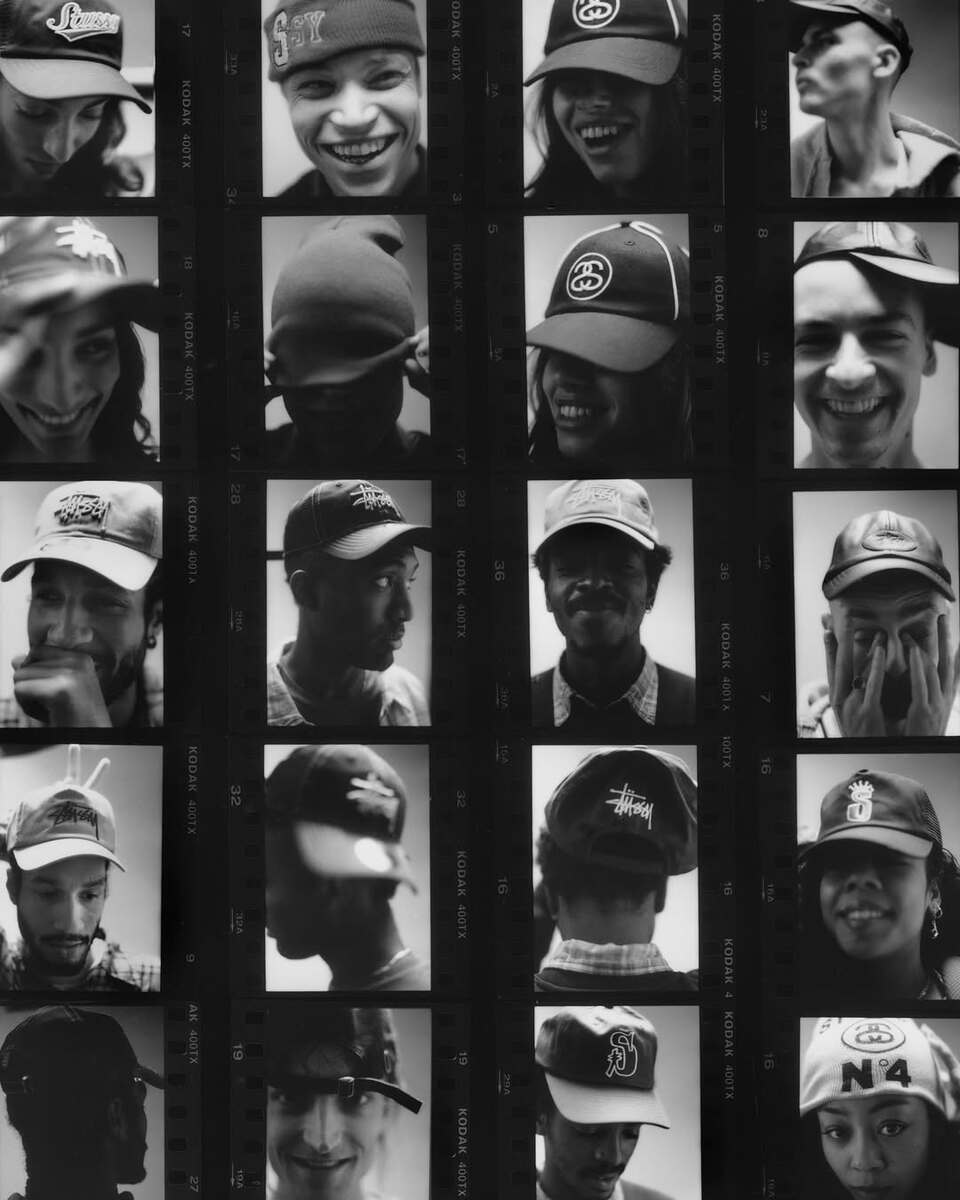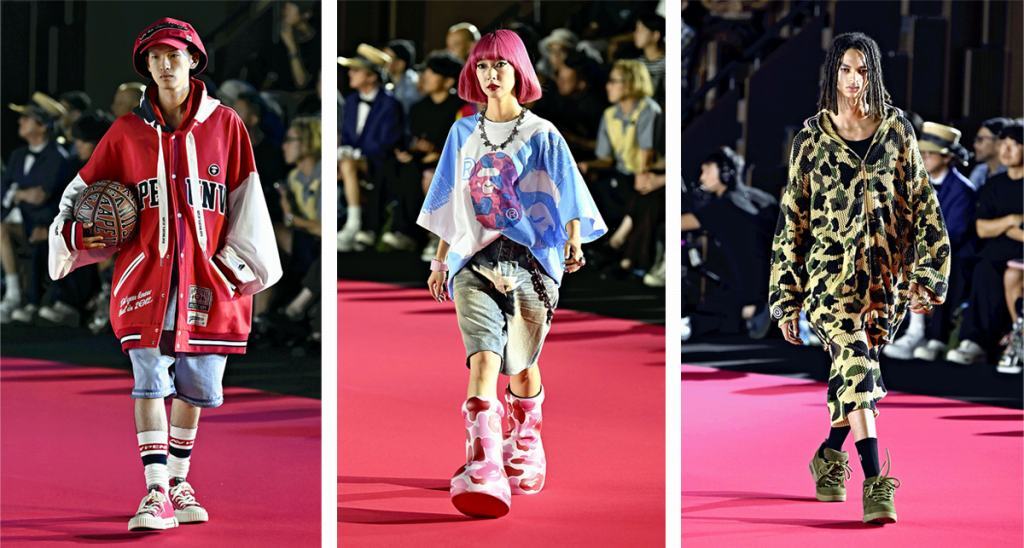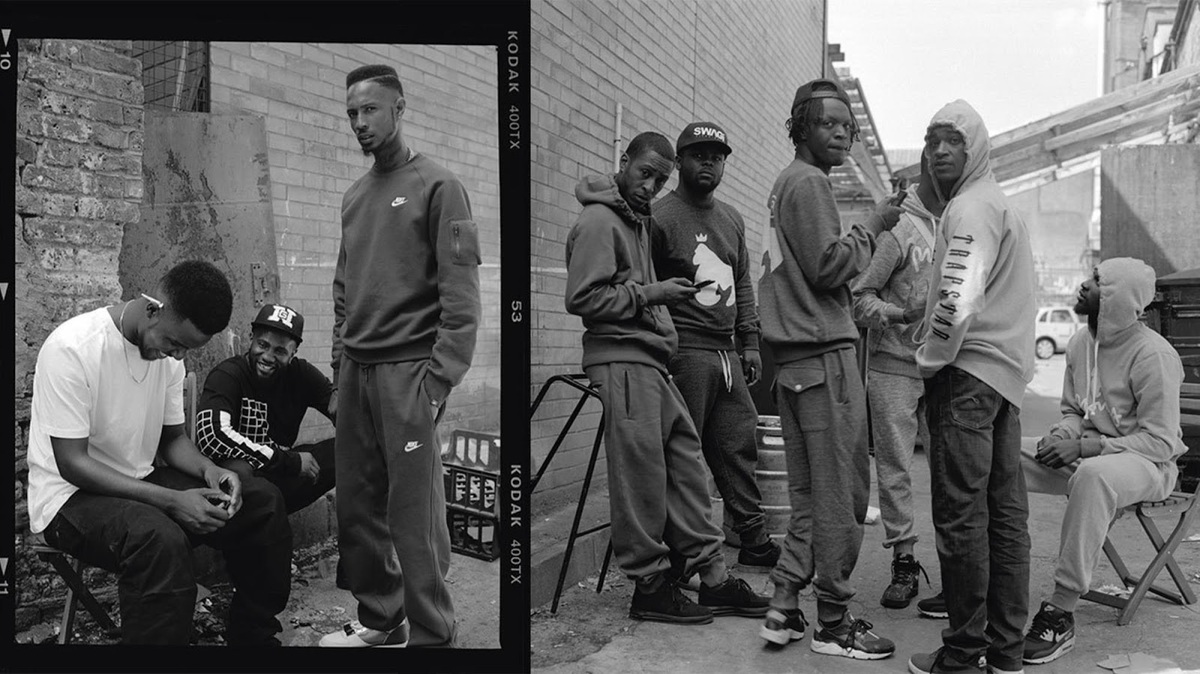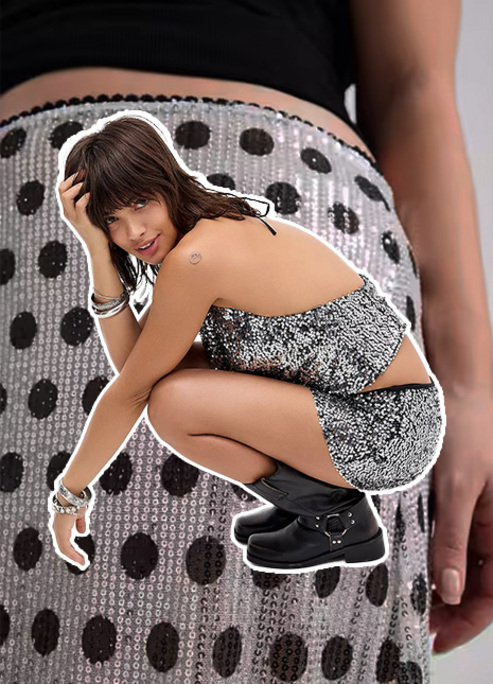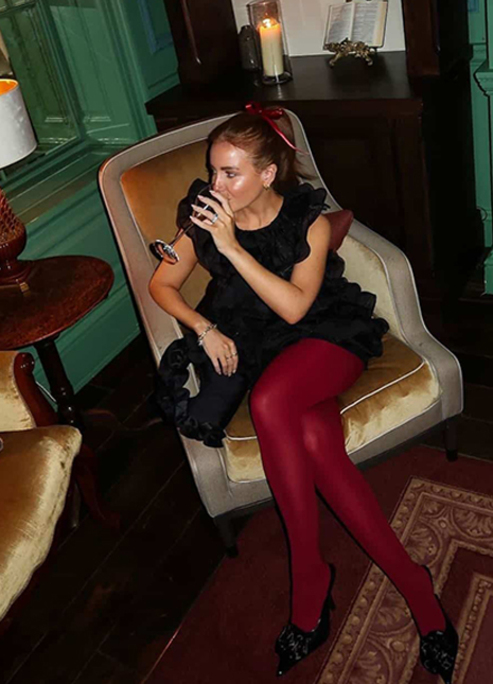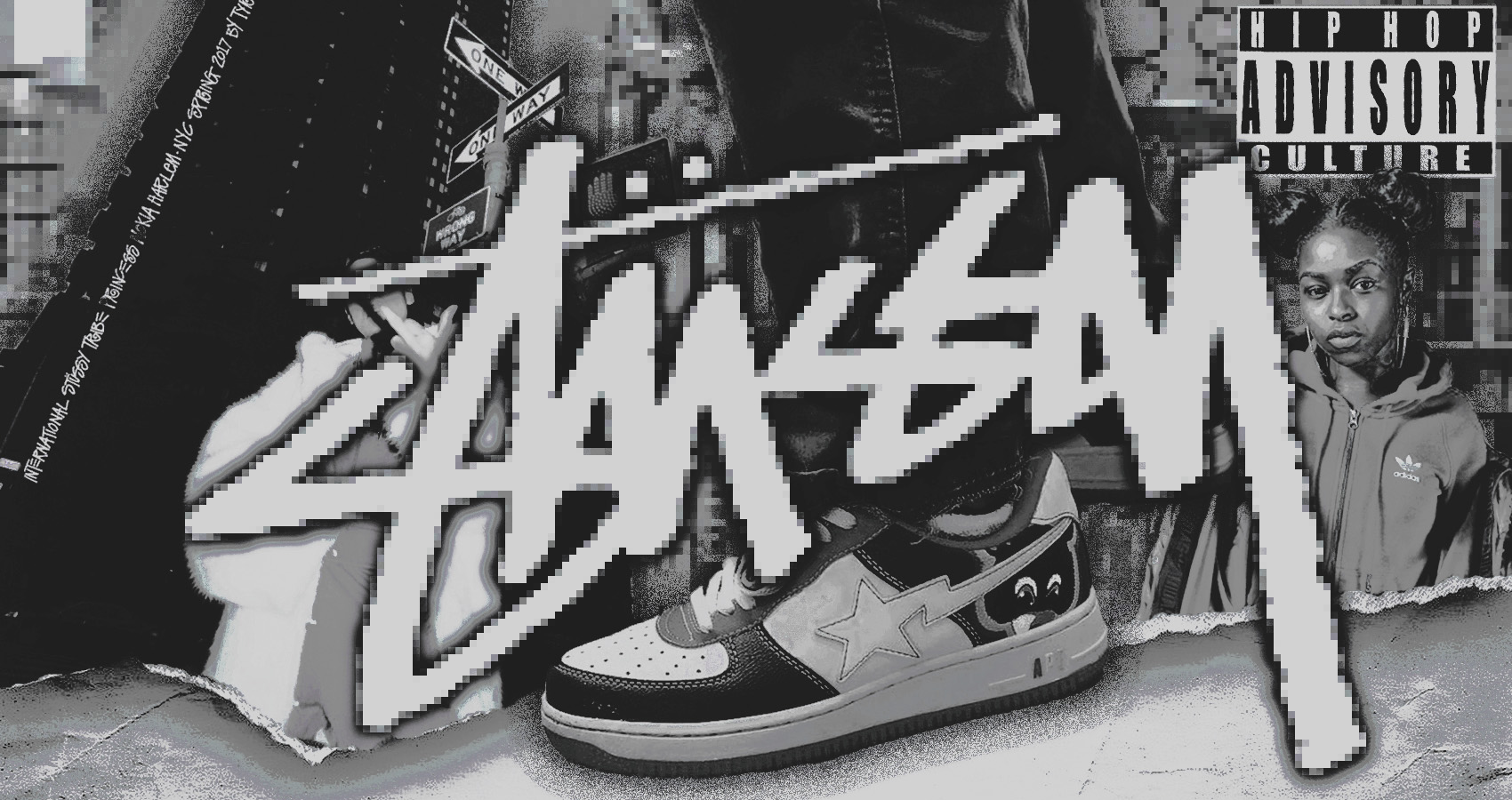
The Music Industry And Rethinking Fashion: Around The World In Urban Styles
Music’s relationship with the streetwear movement.
It’s not just big brands that fuel the fashion machine. The 1990s saw swathes of young people taking fashion into their own hands with the emergence of a counterculture known as street style. Like all strands of fashion, it has evolved over time, and continues to thrive today.
It’s shaped by the location according to its culture, and this article will highlight areas of the world that were most instrumental to the movement.
The Big Apple
Street style can be traced back to 1980s New York City. Pioneering brands like Stüssy, then a small, independent label, appealed to the locals and quickly gained a cult following. With skateboarding and hip-hop being the dominant cultural forces, it later incorporated baggy jeans and backward caps. Though hip-hop and skater culture were making waves, they were also forms of counterculture, incorporating a creative, DIY and therefore personal approach to fashion. By the ‘90s, it had reached global popularity, streetwear also characterized by a blend of ‘high’ and ‘low’ fashion – the mix and match of luxury brands and those once exclusive to fringe fashionistas.
The Land of the Rising Sun
At this time, a Japanese element was introduced to the genre, with the rise of a brand called A Bathing Ape. Founded in 1993 by Tomoaki Nigo, it combined Japanese and Western sensibilities which, fused with Nigo’s personal love of hip-hop and American culture, was nothing short of groundbreaking. Eye-catching prints combined with the casual, loose aesthetic of New York were a winning ticket, and Biggy Smalls was just one of several international rappers to endorse his designs. Since then he’s collaborated with Pharrell Williams for the launch of his second brand HUMAN MADE, and took over as Creative Director for other prominent brands. Very few Japanese designers have had such an enduring legacy.
The Capital of The North & The Square Mile
The fashion of ‘90s and 2000s England was also influenced by the music scene, with Grime and Britpop paving the way.
Oasis’ image was defined by a mixture of working-class style and ‘60s mod – a refreshing departure from the countless ‘polished’ pop stars that preceded them, because it felt authentic and relatable. The Mancunian duo significantly influenced casual wear, with parkas, bucket hats and polo shirts flying off the shelves. This year, stores are selling the same items and Oasis fans are pounding the streets once again, donning the gear their parents would’ve worn thirty years ago, primed for the long-awaited reunion.
Grime originated in London in the early 2000s, a music genre following UK garage and UK dance style. As quoted in Dazed, Pop-ethnographer Nina Manandhar said: “While the sound of Grime was hard, edgy and aggy, the feel of its trademark garms was soft and probably smelt like Lenor.” The chilled aesthetic reflected the fact that young musicians were producing from the comfort of their bedrooms. Brands took a shine to this look, resulting in widespread popularity.
The bigger streetwear became, the greater its influence on big designers. Louis Vuitton recently collaborated with Supreme, a streetwear brand founded in 1994, and luxury brands have adopted streetwear brands’ marketing strategies to their advantage.
Evidently, the music industry was pivotal, as well as a desire for individualism and innovation. At its core is self-expression through the re-interpretation of established styles. It demonstrates that cutting-edge fashion isn’t a luxury for the privileged few but rather an authentic, creative pursuit.



